Chapter 41 презентация
Содержание
- 2. Overview: The Need to Feed Food is taken in, taken apart,
- 3. An animal’s diet must supply chemical energy, organic molecules, and essential
- 4. Essential Nutrients There are four classes of essential nutrients: Essential amino
- 5. Essential Amino Acids Animals require 20 amino acids and can synthesize
- 6. Meat, eggs, and cheese provide all the essential amino acids and
- 8. Essential Fatty Acids Animals can synthesize most of the fatty acids
- 9. Vitamins Vitamins are organic molecules required in the diet in small
- 11. Minerals Minerals are simple inorganic nutrients, usually required in small amounts.
- 13. Dietary Deficiencies Undernourishment is the result of a diet that consistently
- 14. Undernourishment An undernourished individual will Use up stored fat and
- 15. Malnourishment Malnourishment can cause deformities, disease, and death. Malnourishment can be
- 17. The main stages of food processing are ingestion, digestion, absorption, and
- 18. Suspension Feeders Suspension Feeders Many aquatic animals are suspension feeders, which
- 23. Digestion is the process of breaking food down into soluble molecules
- 25. Digestive Compartments Most animals process food in specialized compartments. These compartments
- 27. Animals with simple body plans have a gastrovascular cavity with only
- 32. Organs specialized for sequential stages of food processing form the mammalian
- 33. Food is pushed along by peristalsis, rhythmic contractions of smooth muscles
- 37. The Oral Cavity, Pharynx, and Esophagus The first stage of digestion
- 38. The tongue shapes food into a bolus and provides help with
- 39. The esophagus conducts food from the pharynx down to the stomach
- 43. Chemical Digestion in the Stomach The stomach stores food and secretes
- 45. Gastric ulcers, lesions in the lining, are caused mainly by the
- 46. Digestion in the Small Intestine The small intestine is the
- 48. The first portion of the small intestine is the duodenum, where
- 50. Pancreatic Secretions The pancreas produces proteases trypsin and chymotrypsin, protein-digesting enzymes
- 51. Bile Production by the Liver In the small intestine, bile aids
- 52. Secretions of the Small Intestine The epithelial lining of the duodenum,
- 53. Absorption in the Small Intestine - Villi The small intestine has
- 57. Each villus contains a network of blood vessels and a small
- 58. Amino acids and sugars pass through the epithelium of the small
- 59. Absorption in the Large Intestine The colon of the large intestine
- 61. A major function of the colon is water reabsorption, recovering water
- 62. The L.I. colon houses strains of the bacterium Escherichia coli, some
- 63. Evolutionary adaptations of vertebrate digestive systems correlate with diet Digestive systems
- 65. Stomach and Intestinal Adaptations Herbivores generally have longer alimentary canals than
- 67. Mutualistic ++ Adaptations Many herbivores have fermentation chambers, where symbiotic microorganisms
- 69. Homeostatic mechanisms contribute to an animal’s energy balance Food energy balances
- 71. Overnourishment and Obesity Overnourishment causes obesity, which results from excessive intake
- 72. Researchers have discovered several of the mechanisms that help regulate body
- 75. Obesity and Evolution The problem of maintaining weight partly stems from
- 79. You should now be able to: Name the three nutritional needs
- 80. Follow a meal through the mammalian digestive system: Follow a meal
- 81. Скачать презентацию
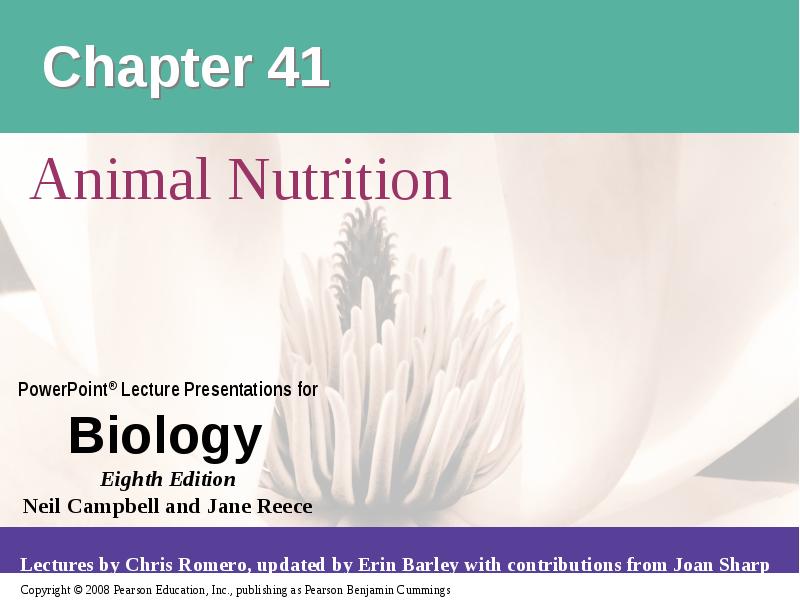




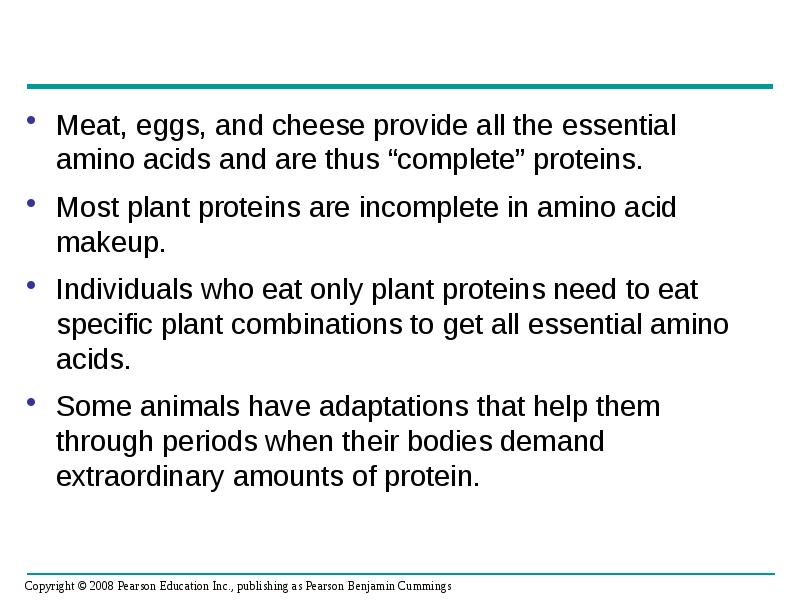

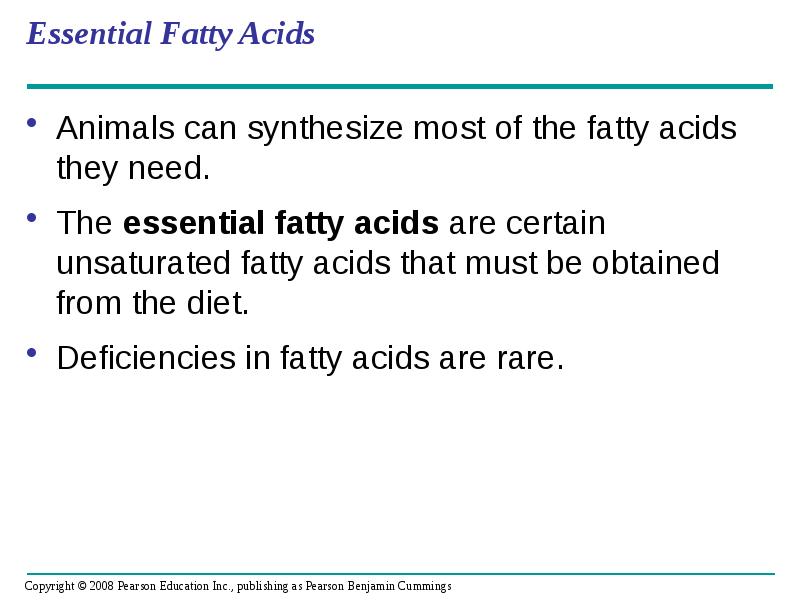

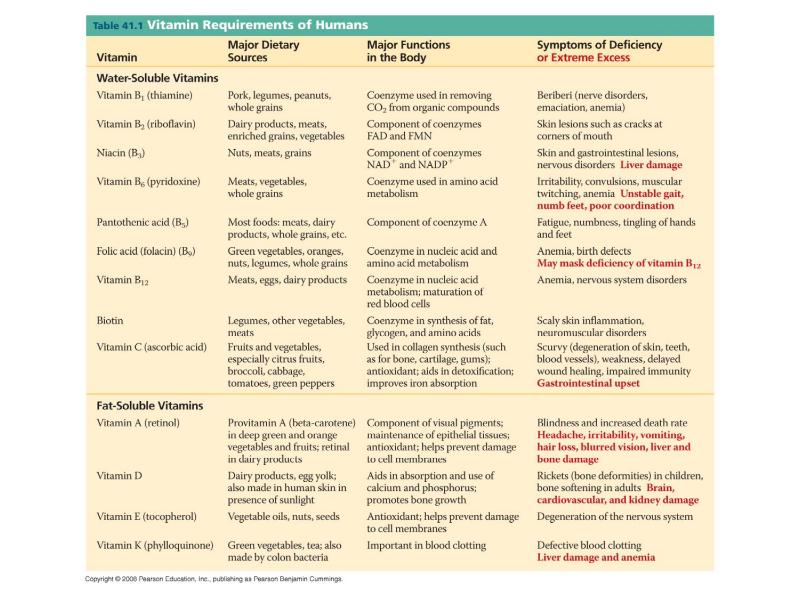
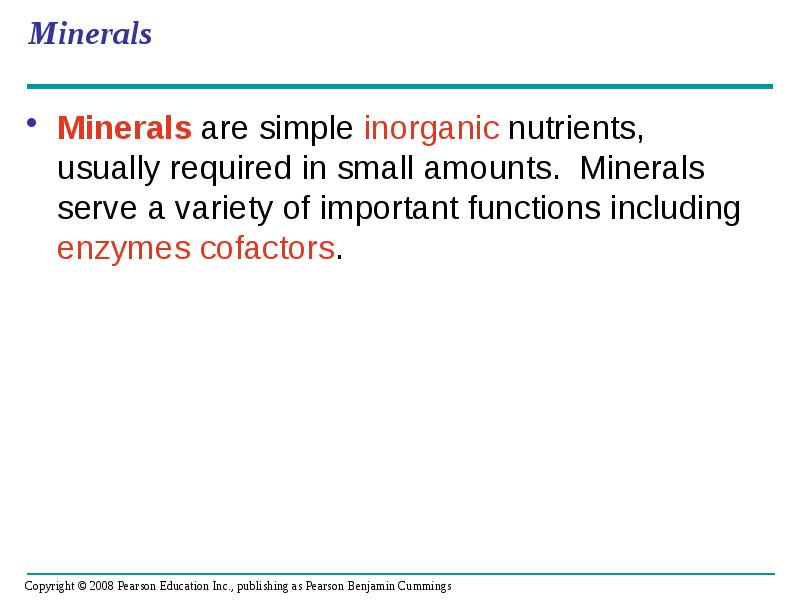

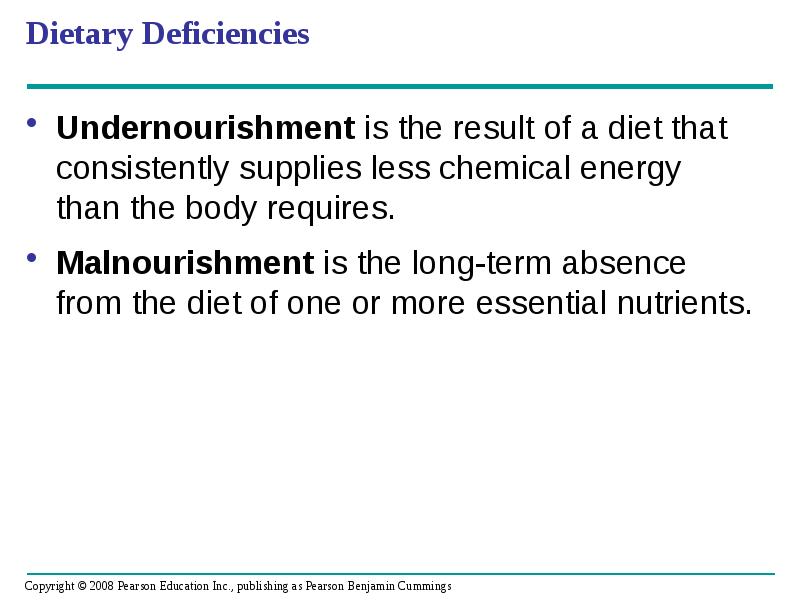
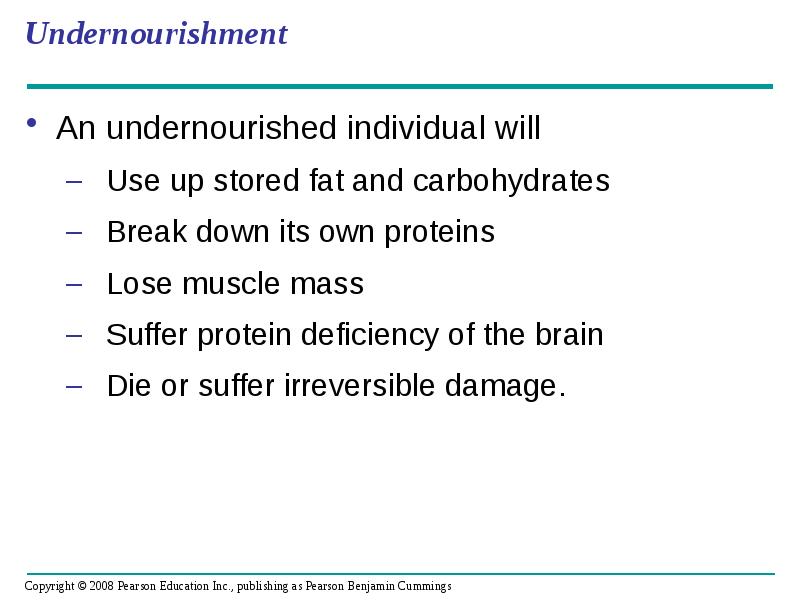
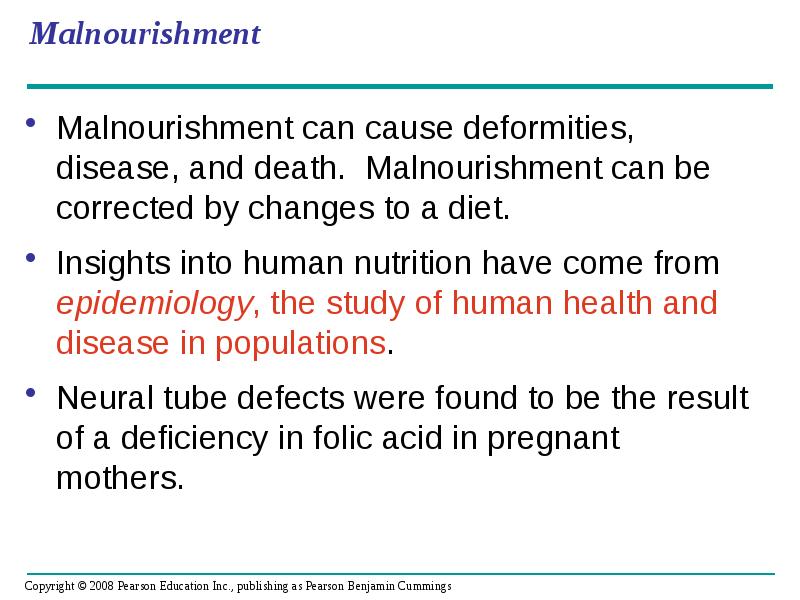
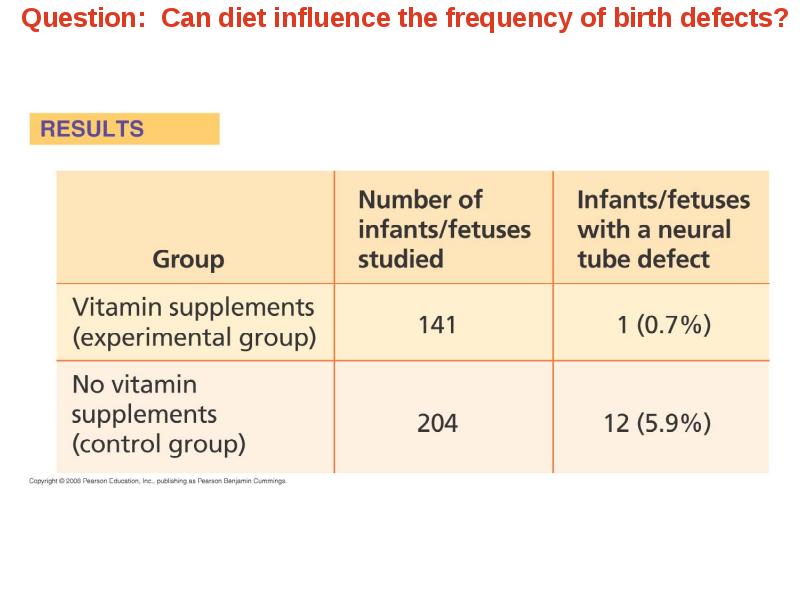
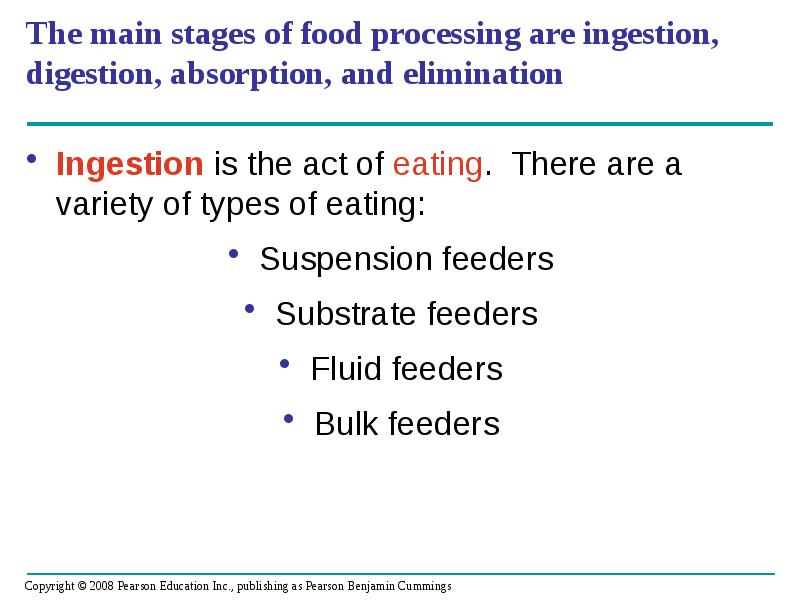
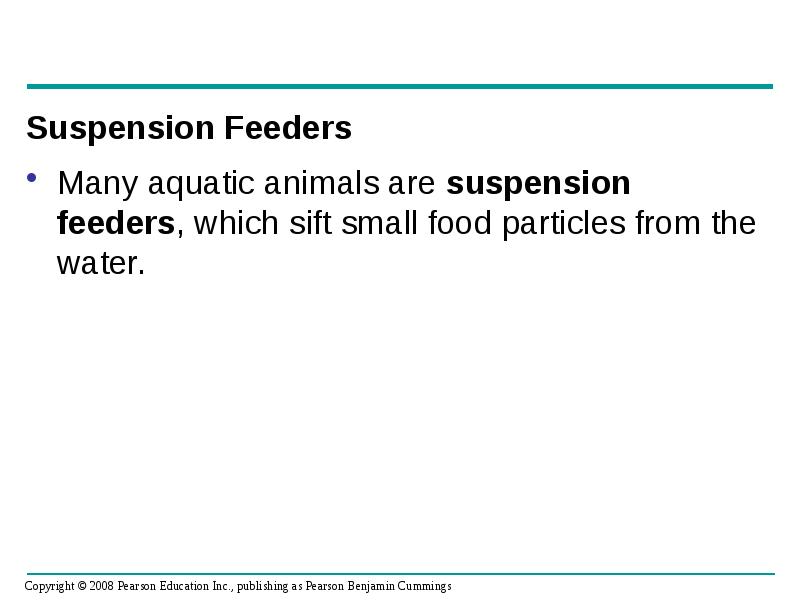
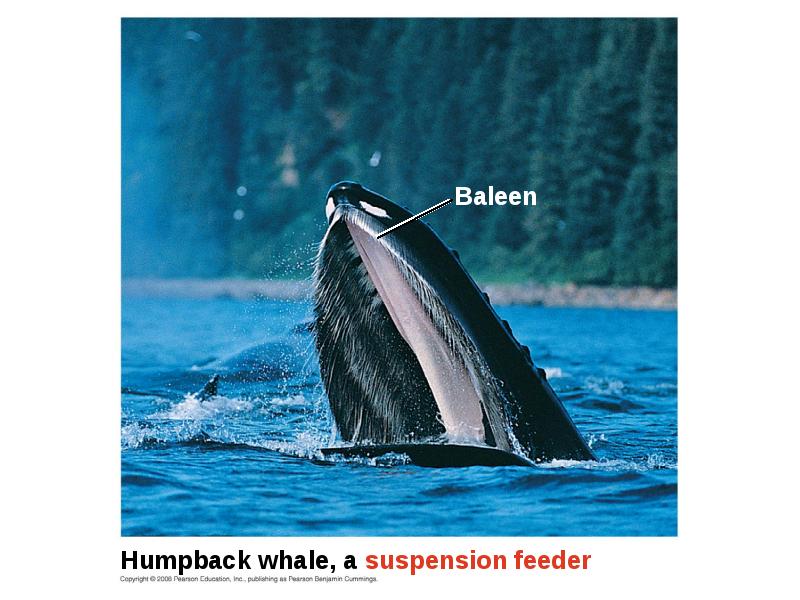
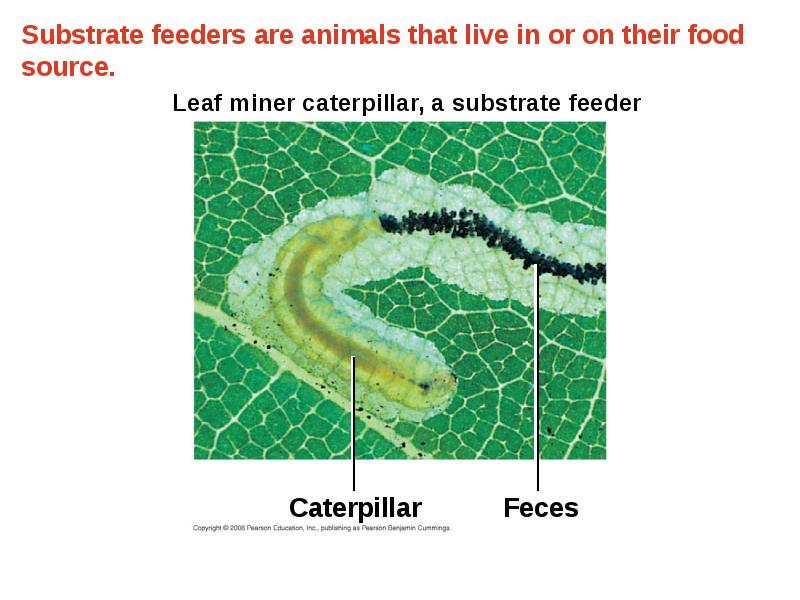

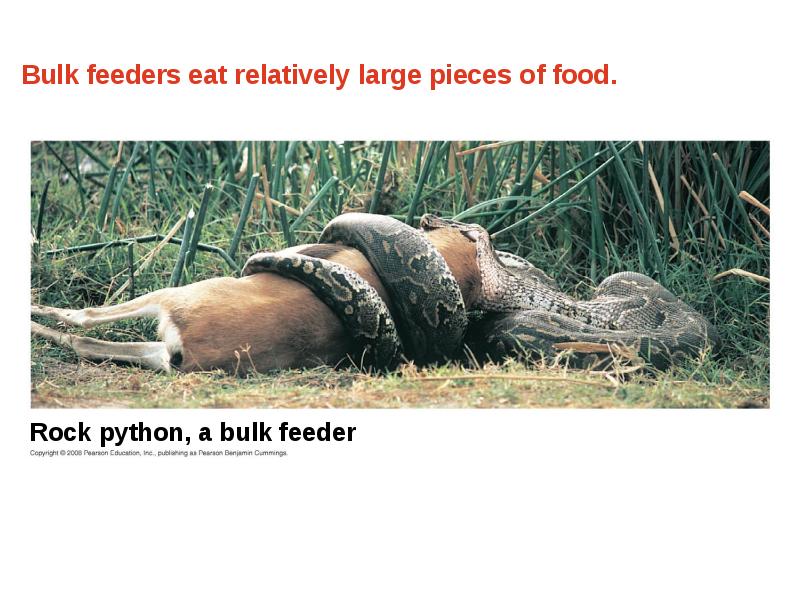
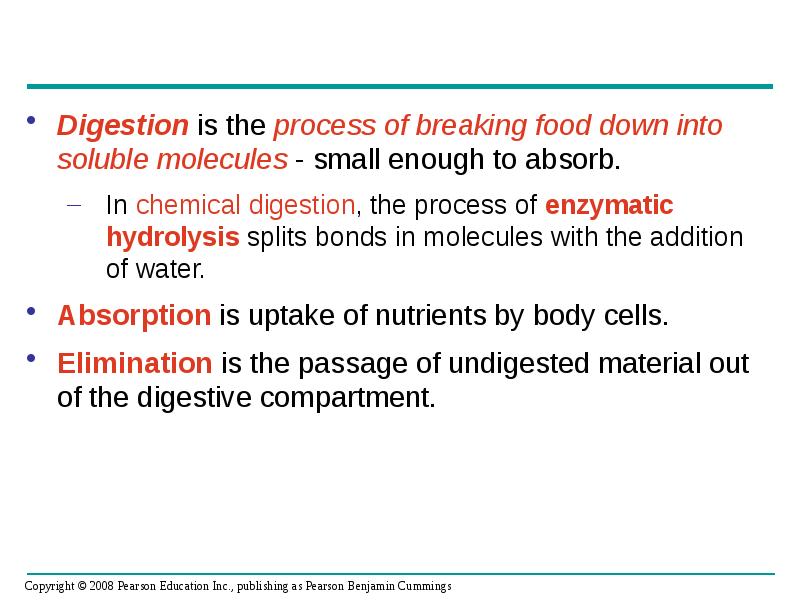


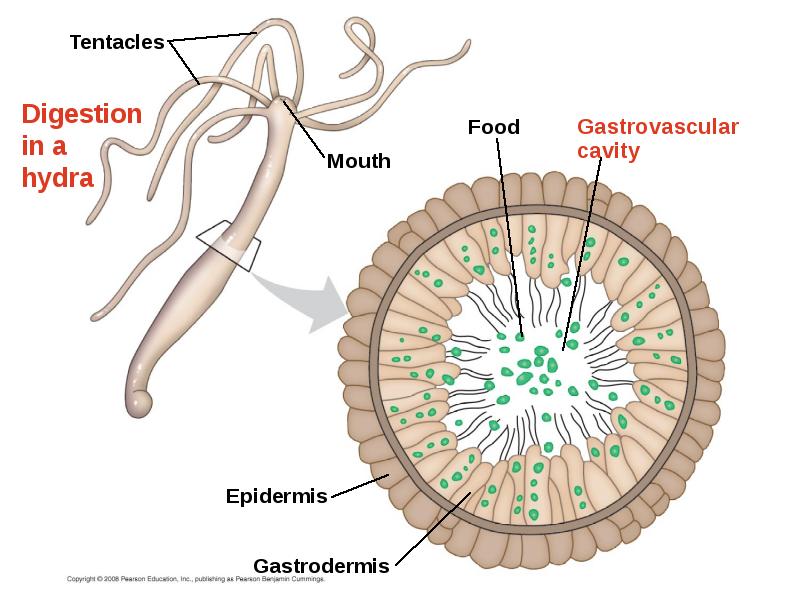
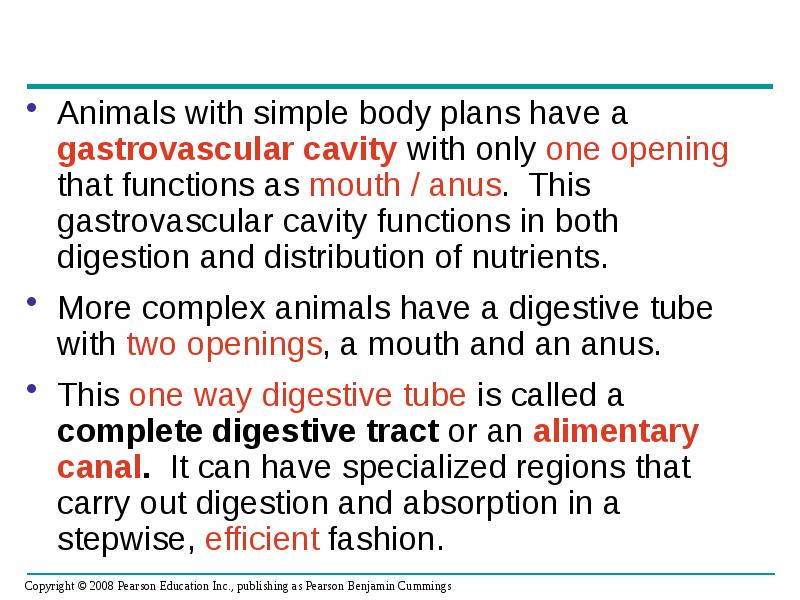

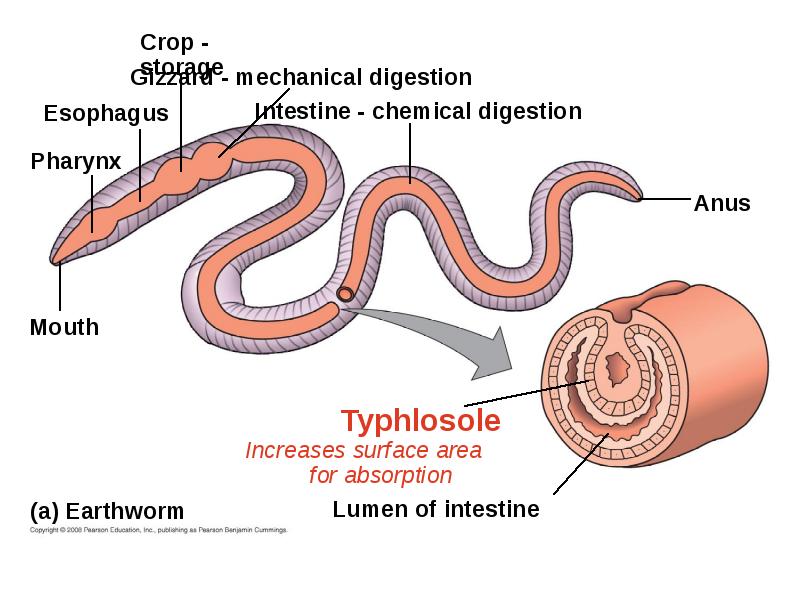
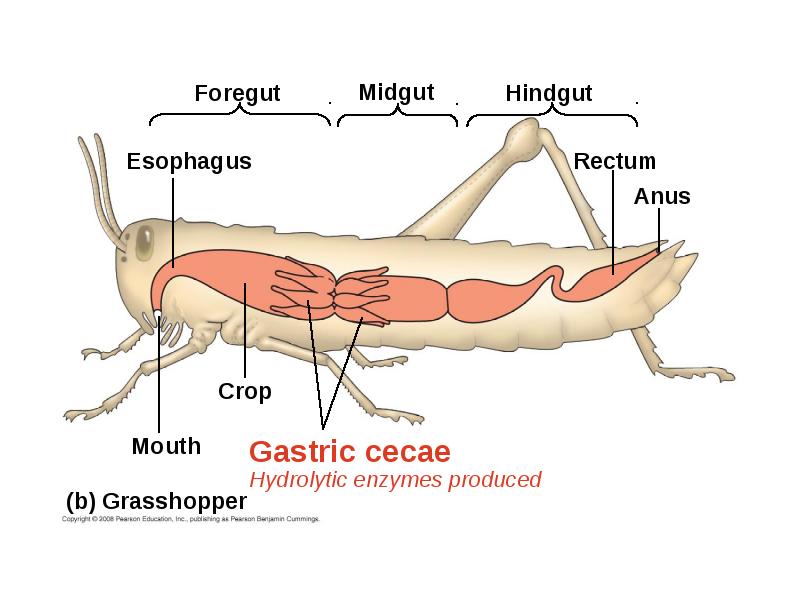
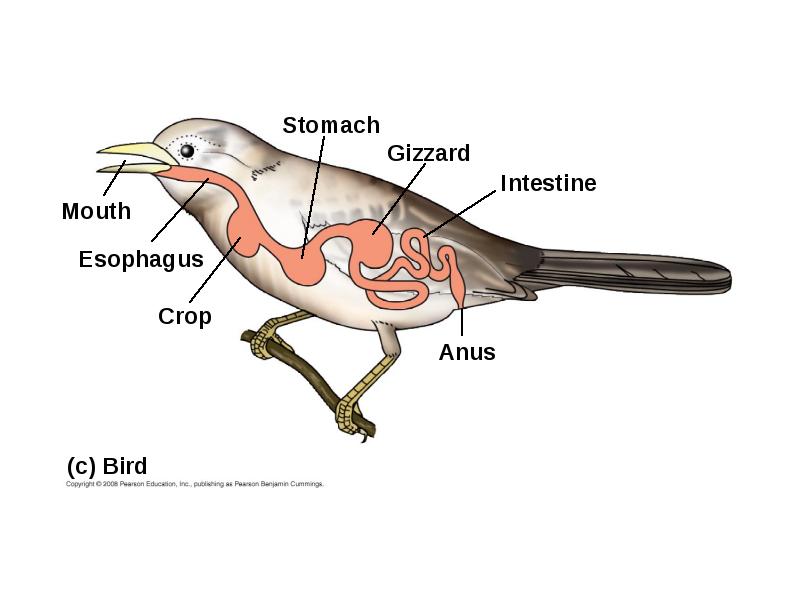
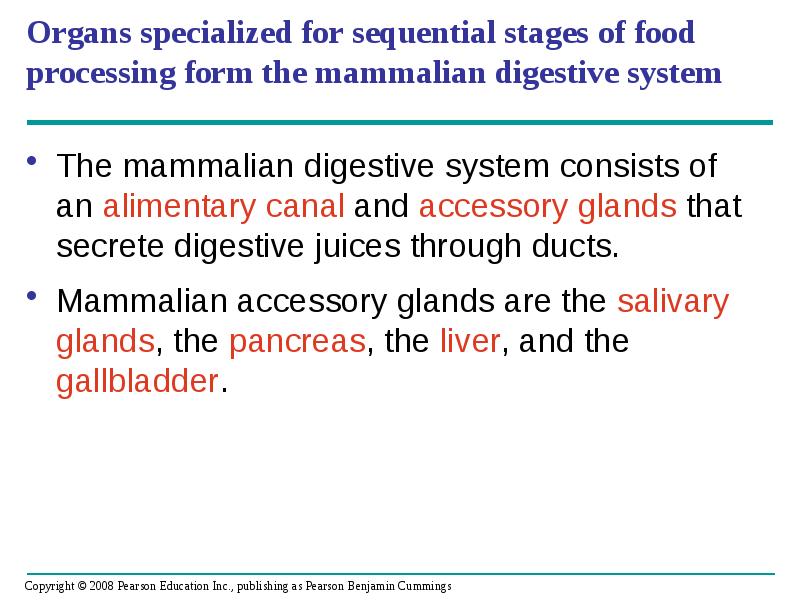

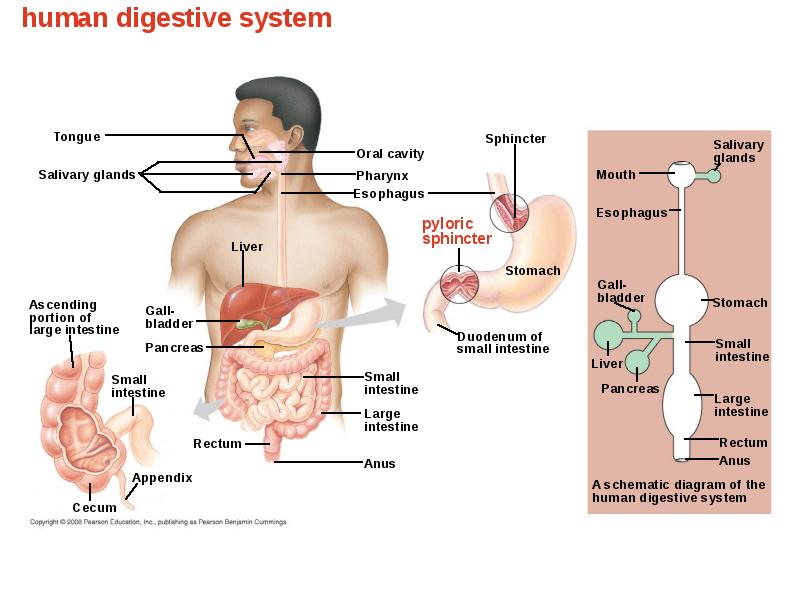
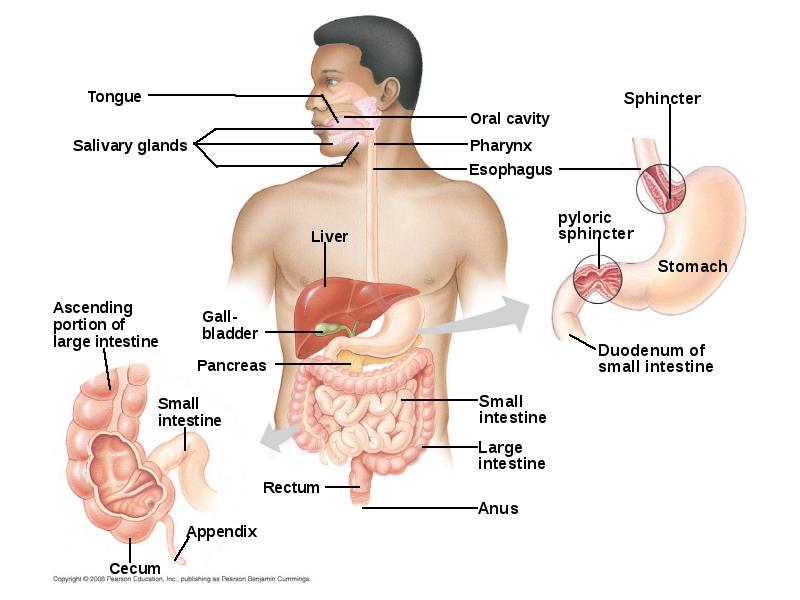
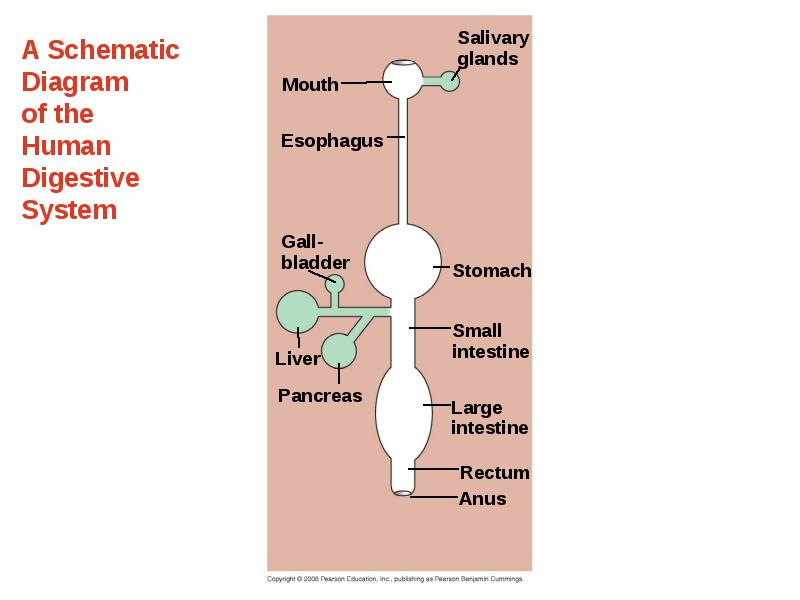
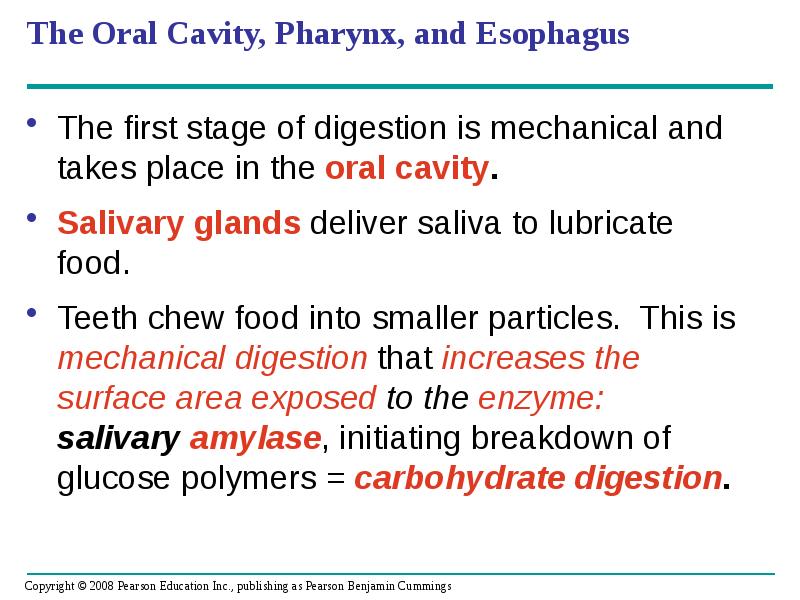


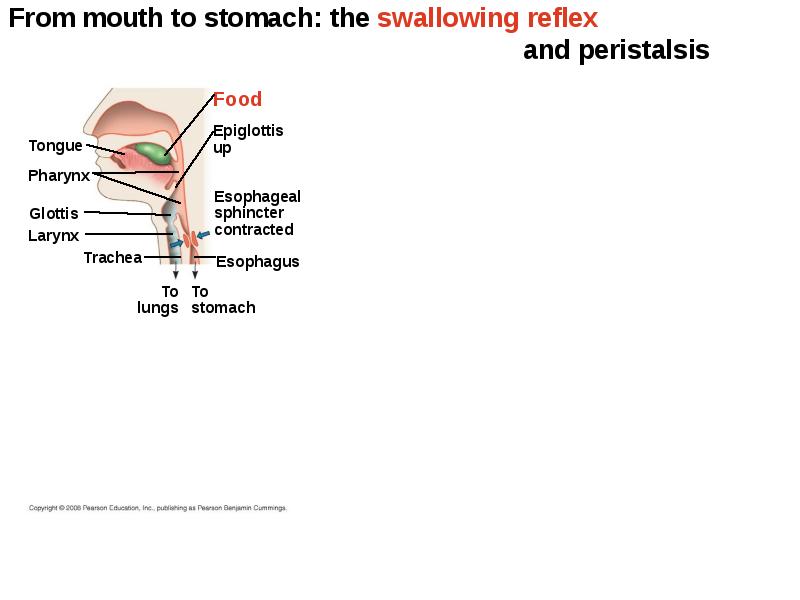
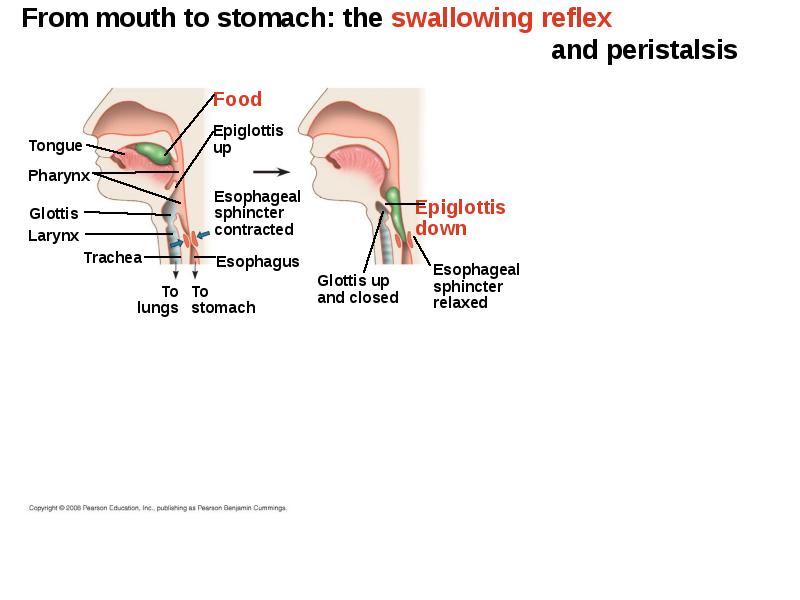
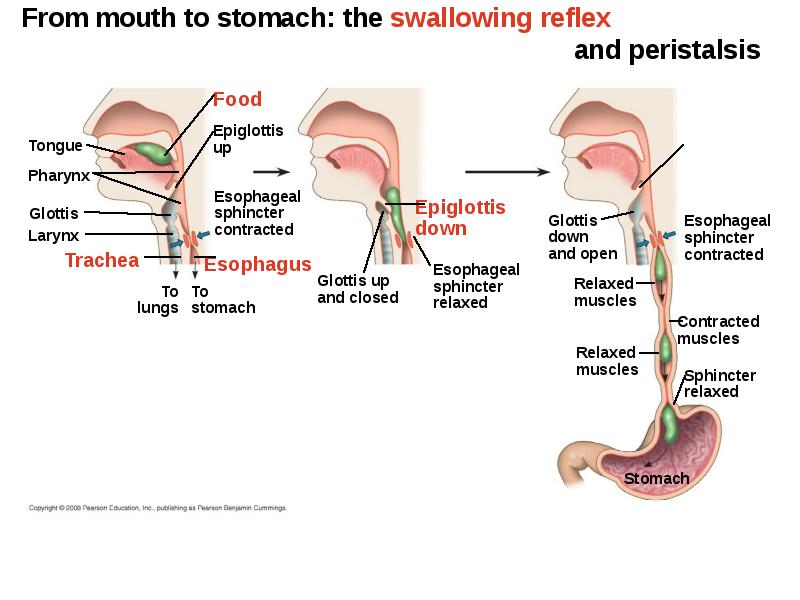
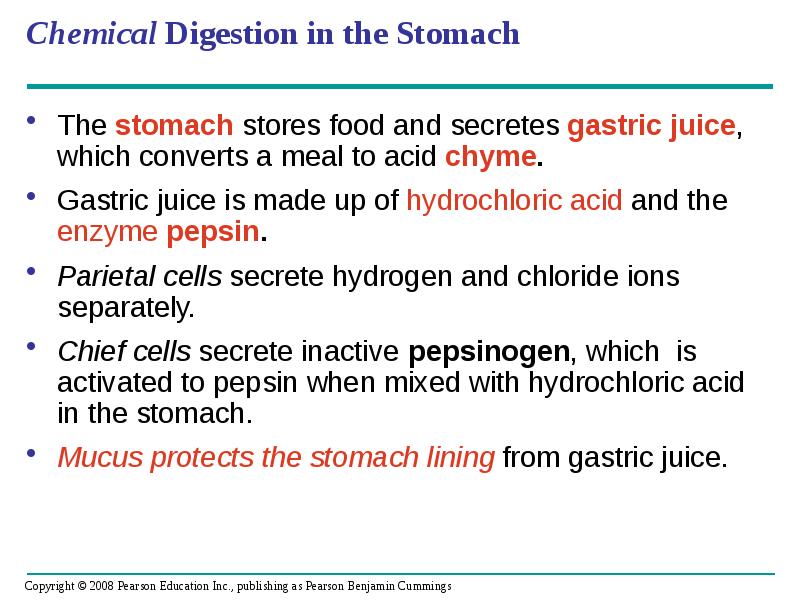
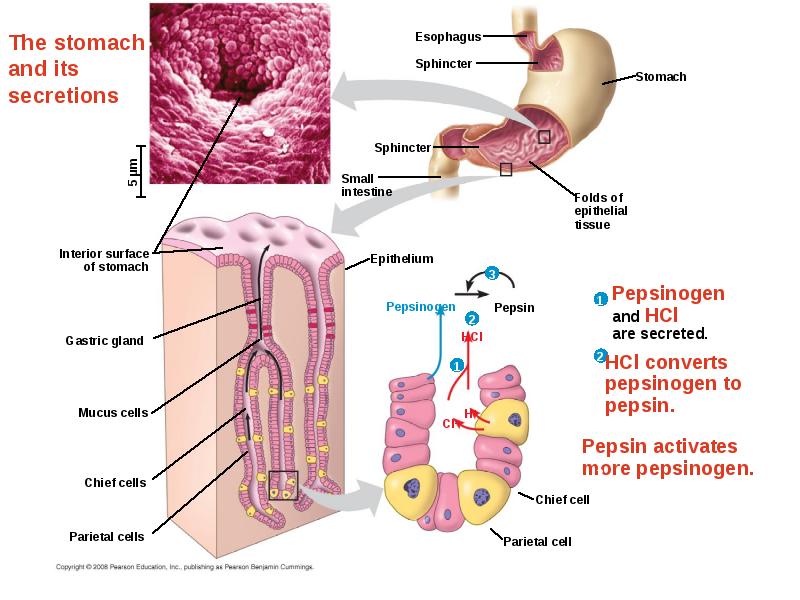
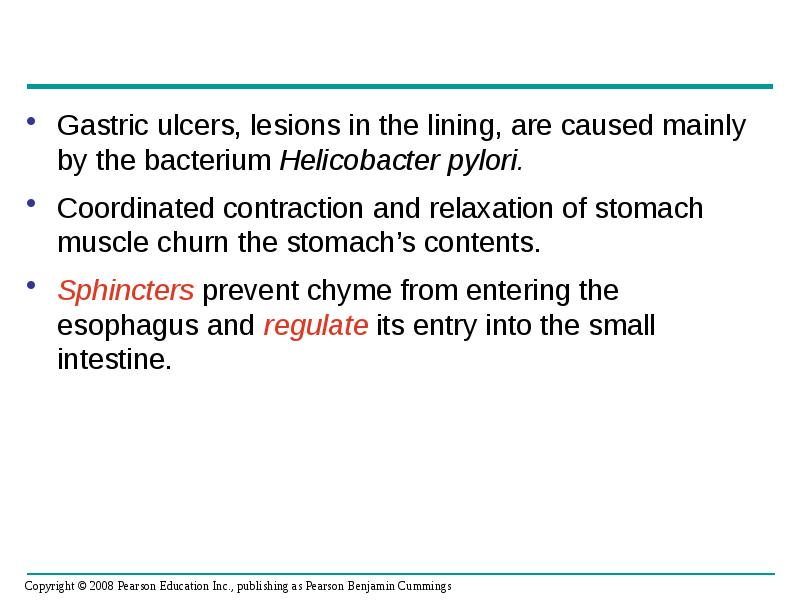
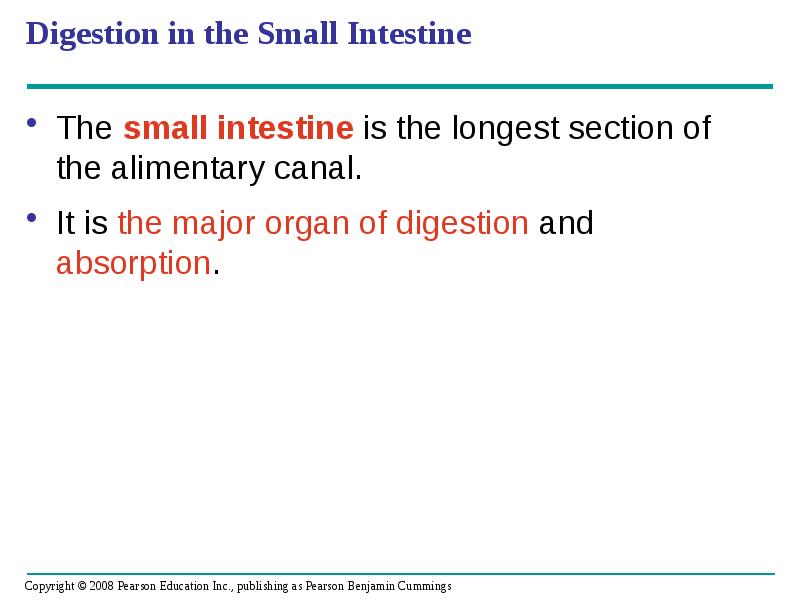
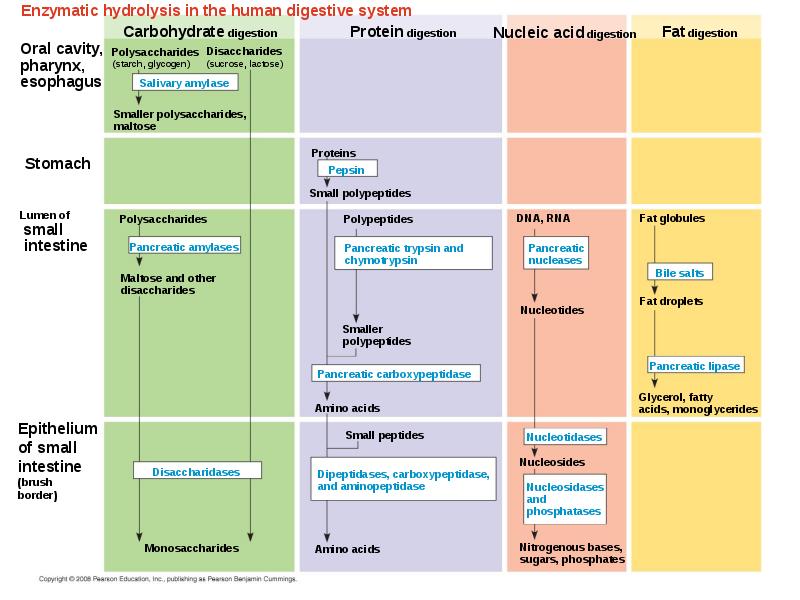
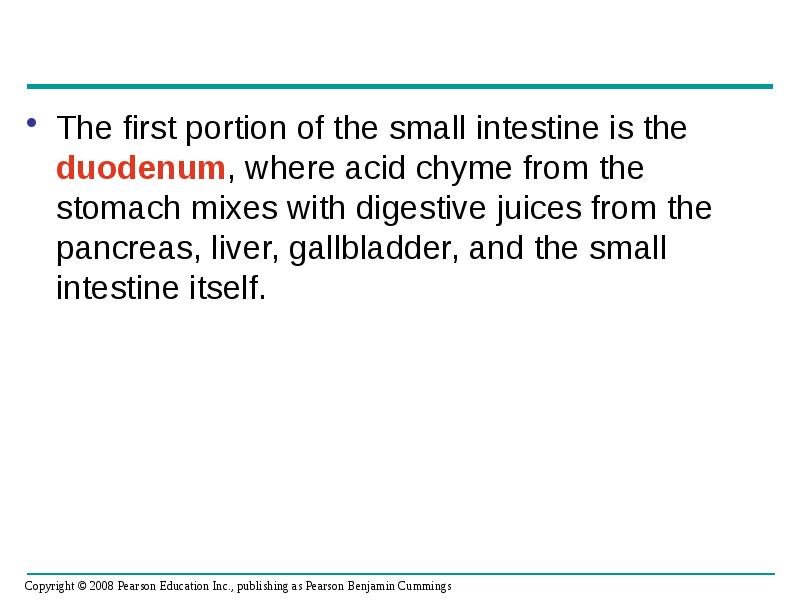
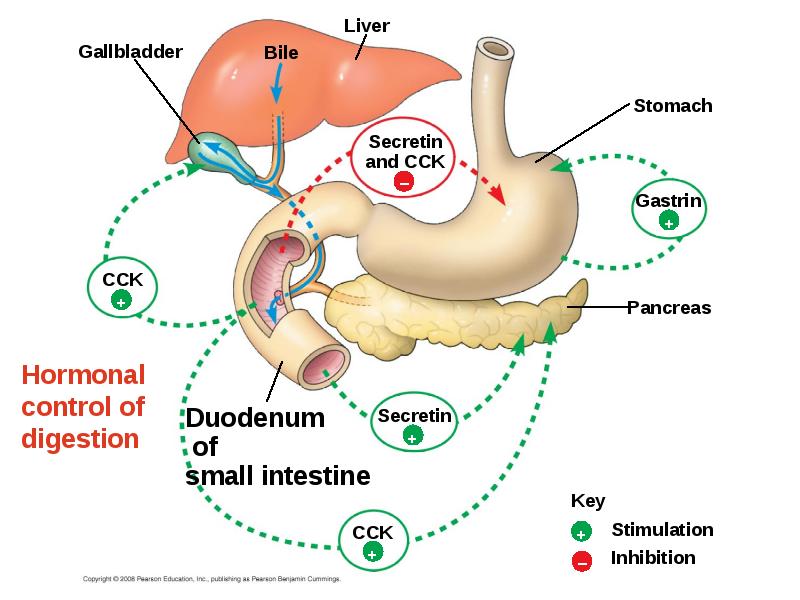
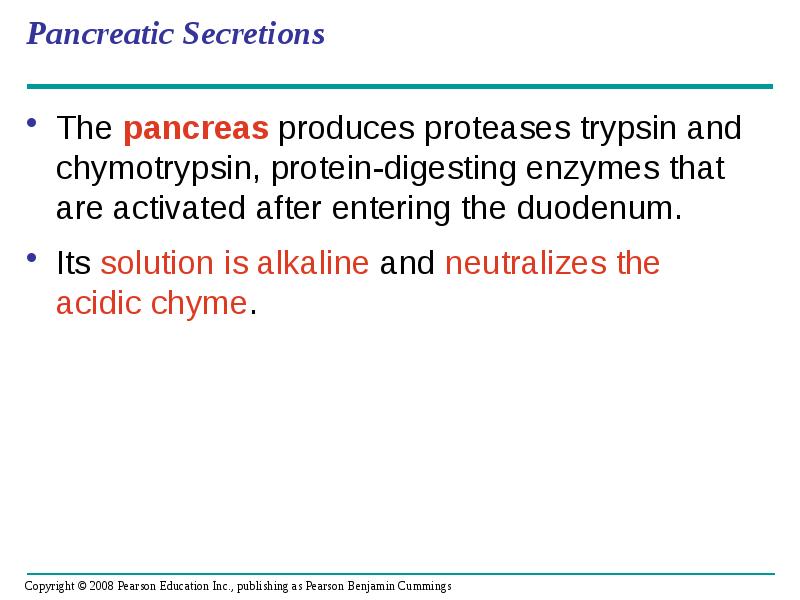
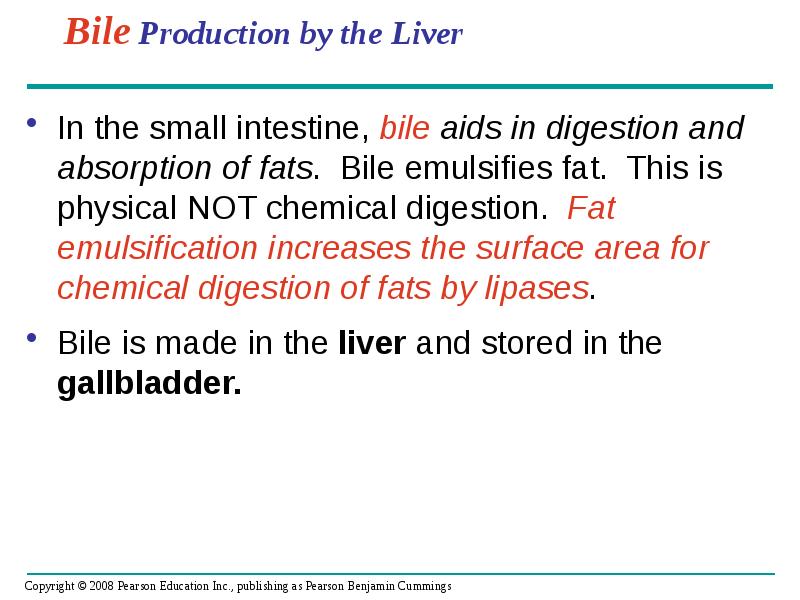
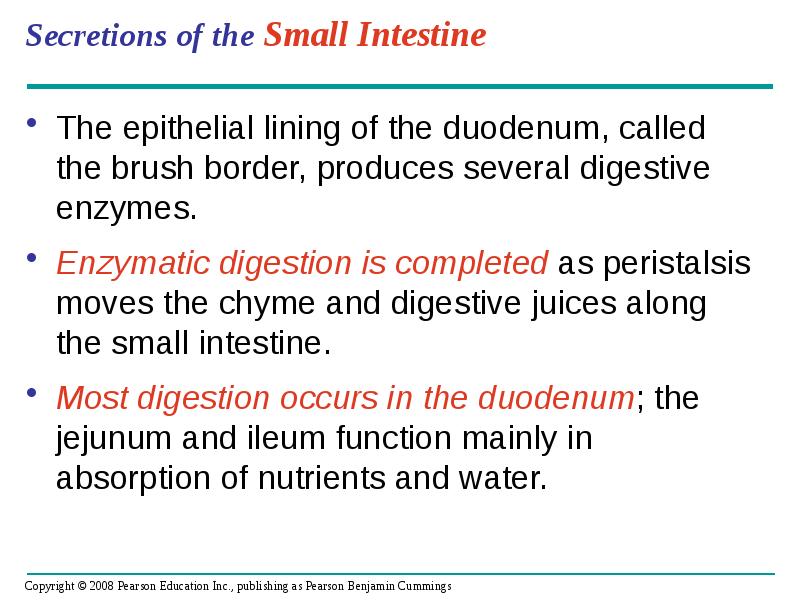
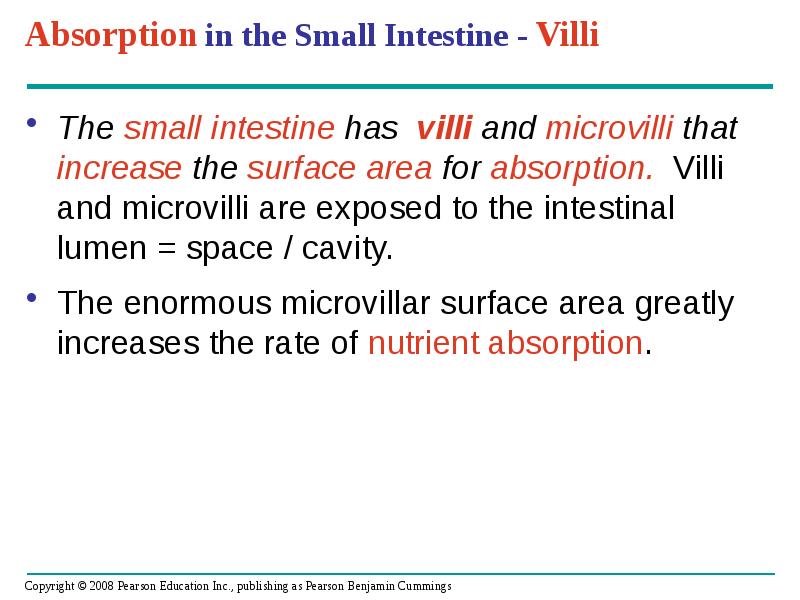
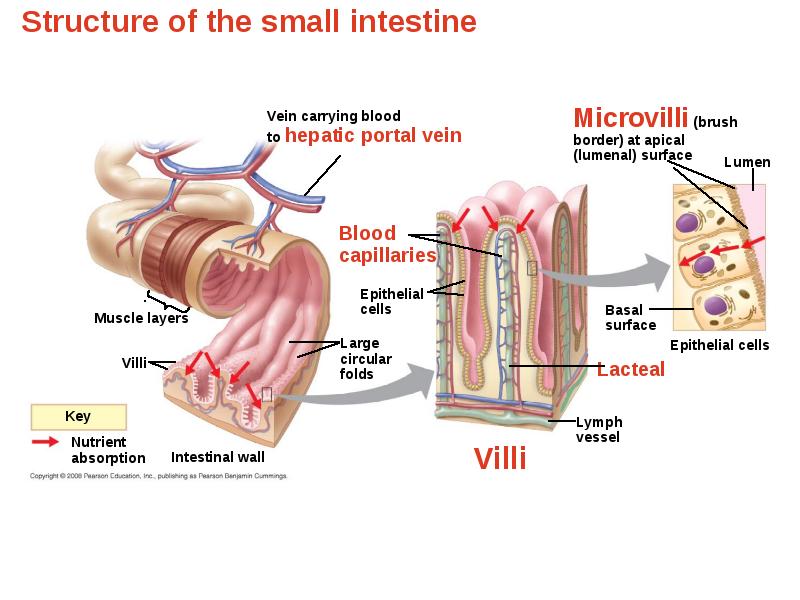
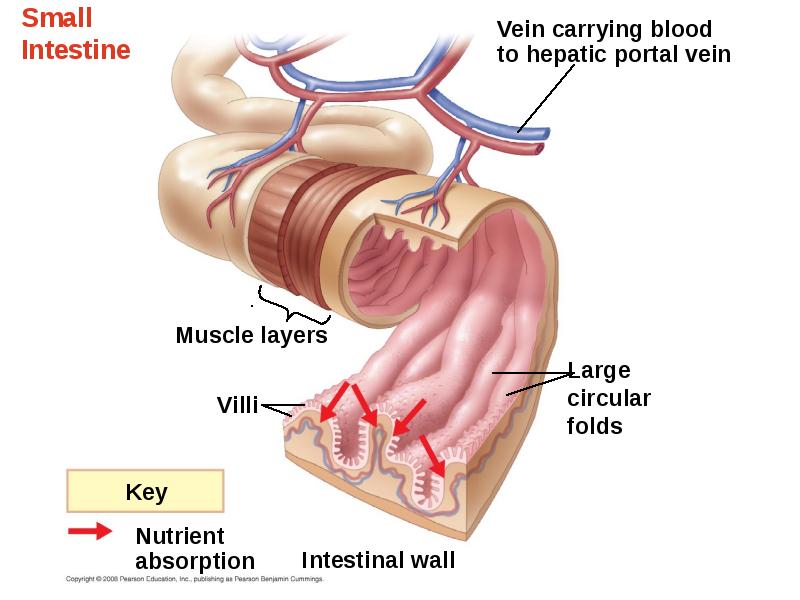
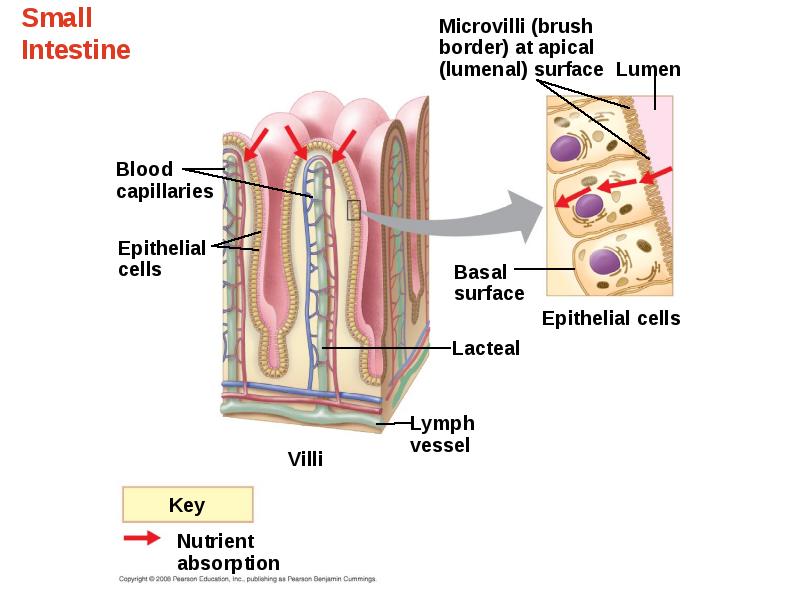
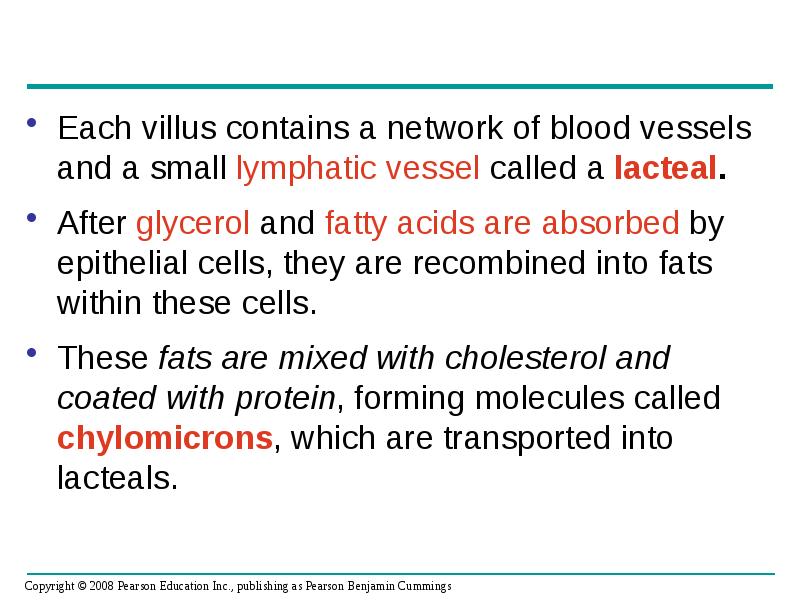
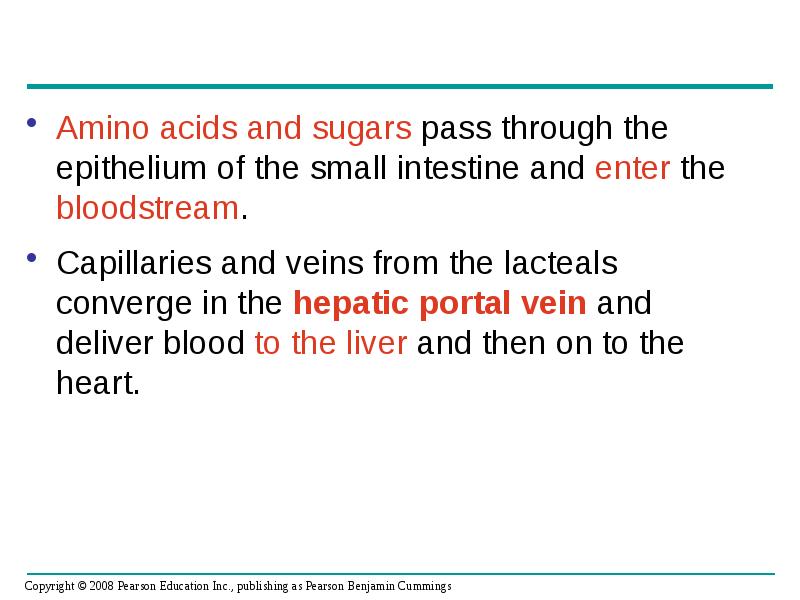
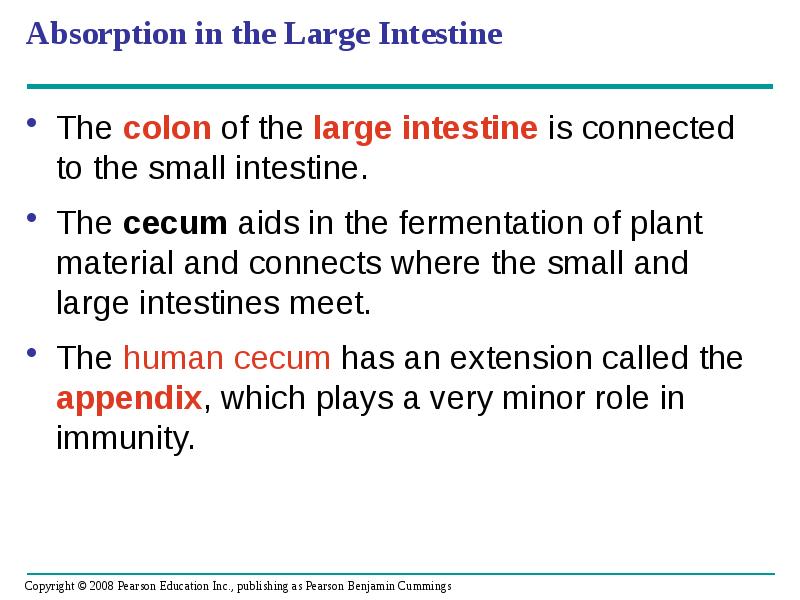
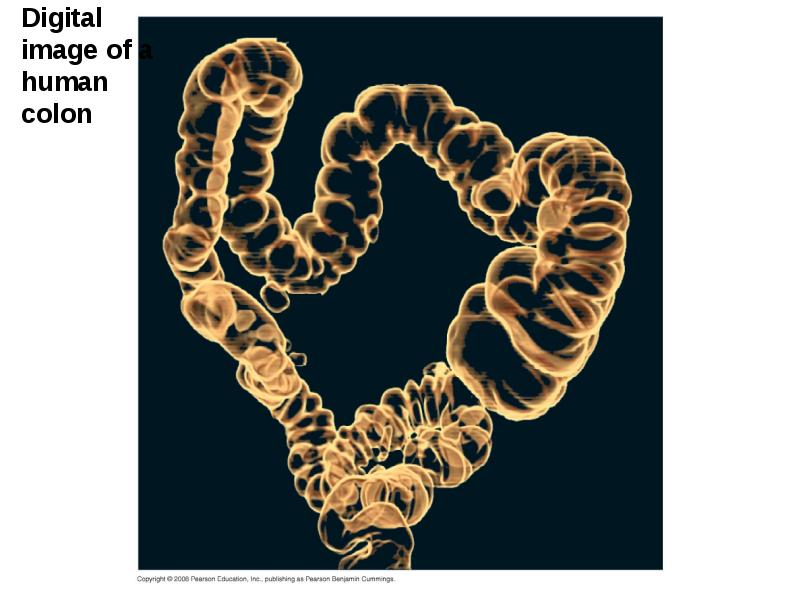
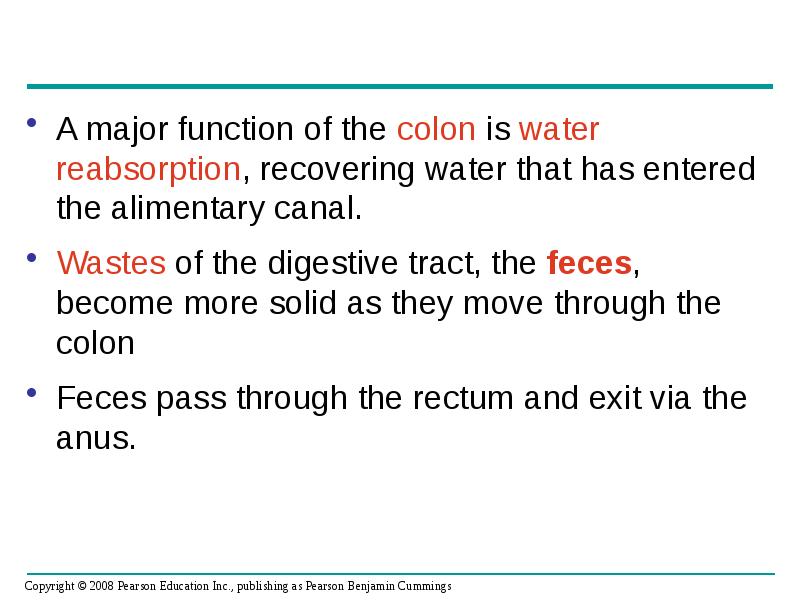
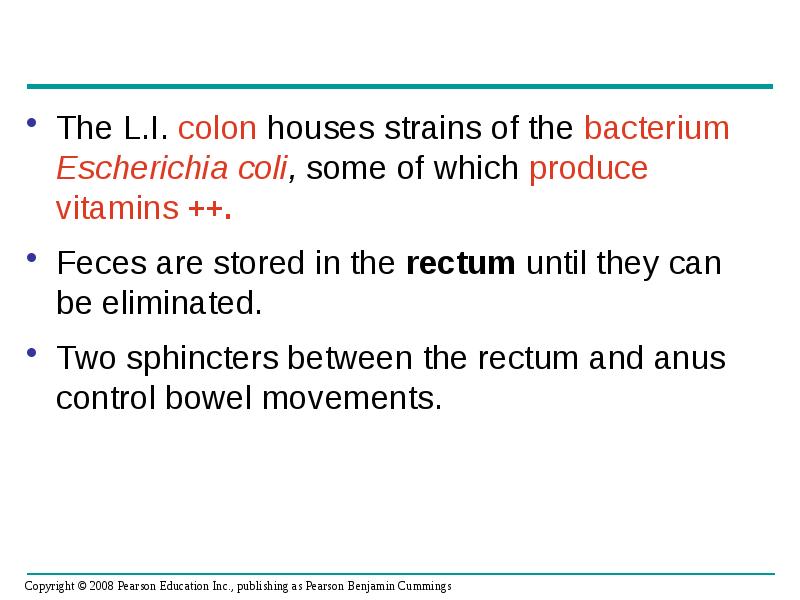
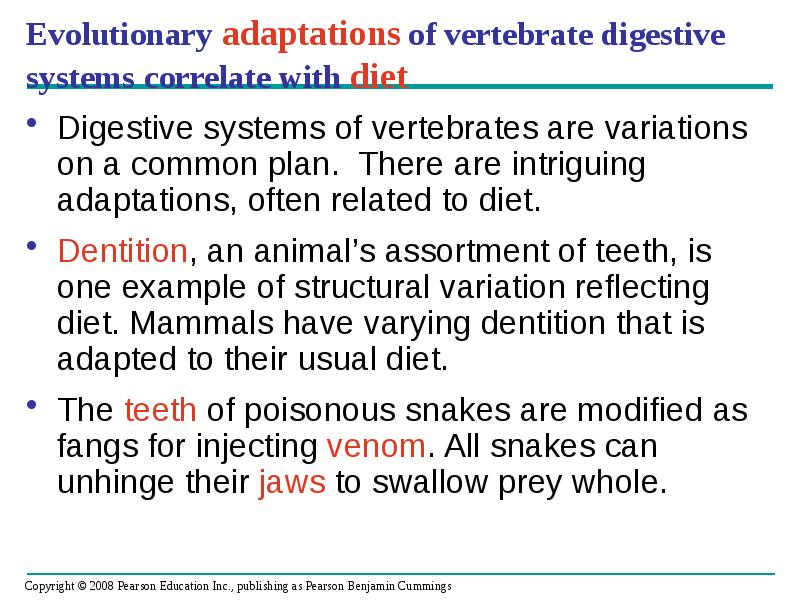
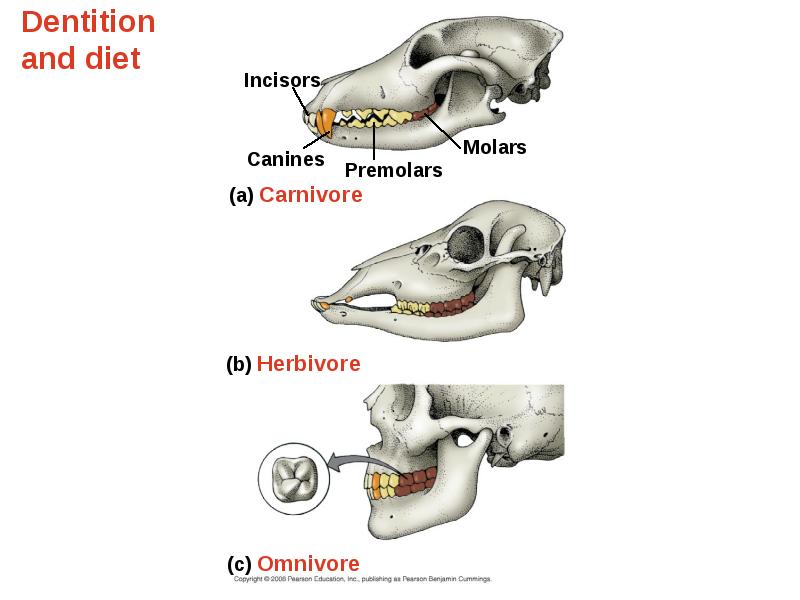
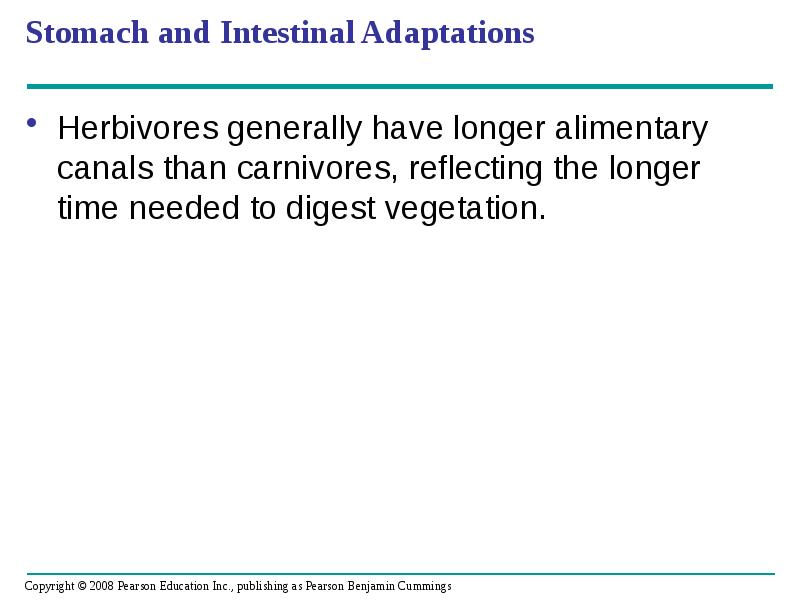
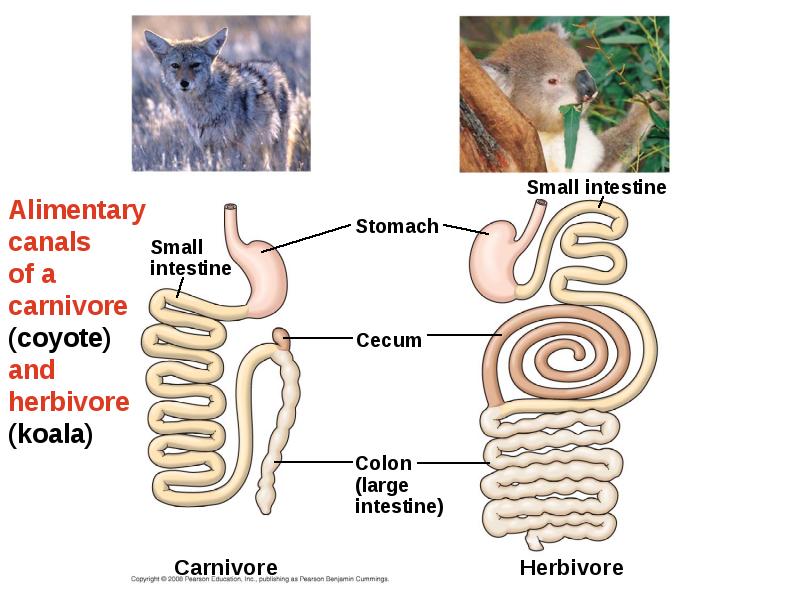
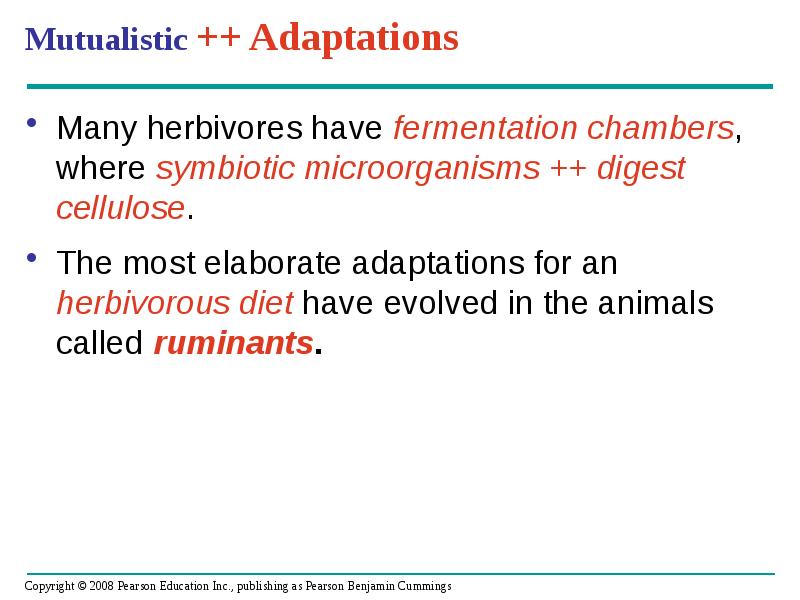
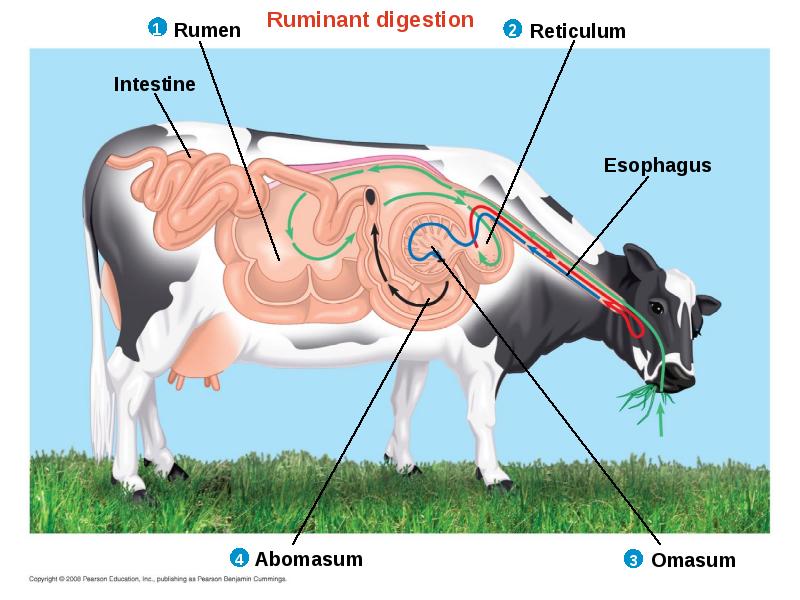
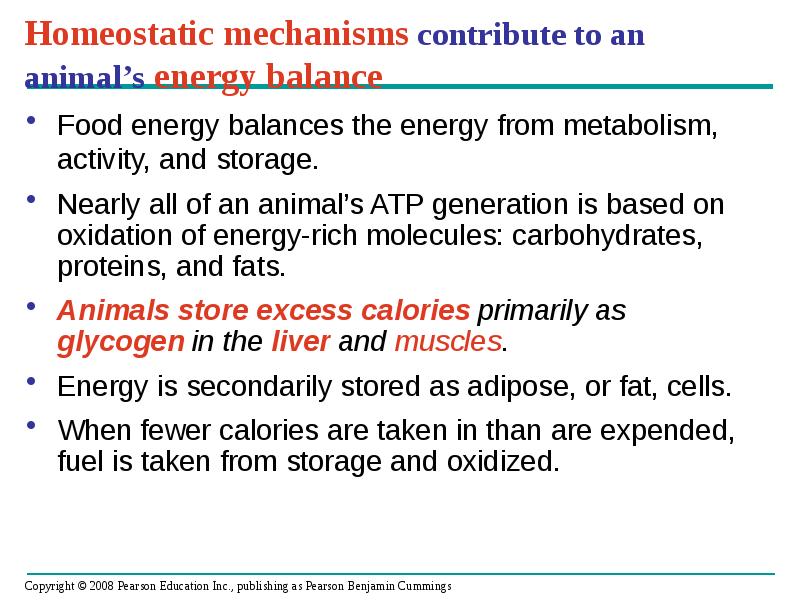
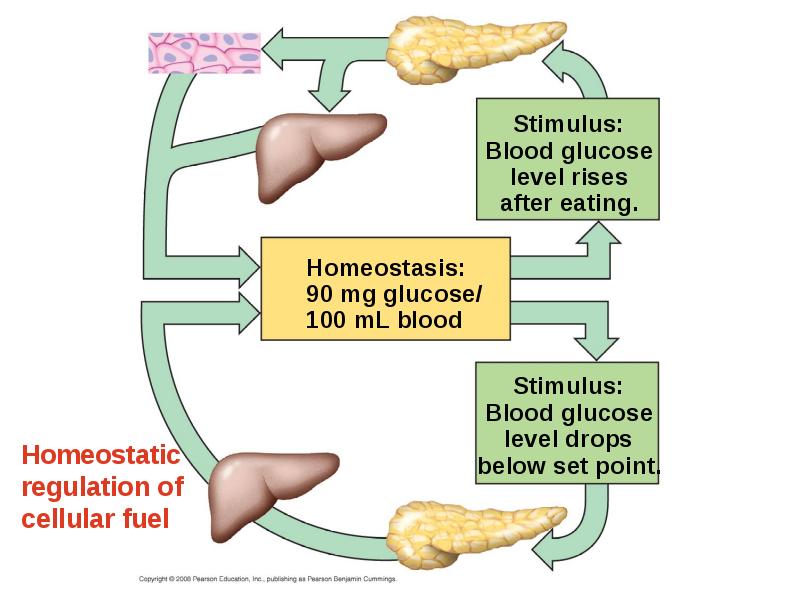
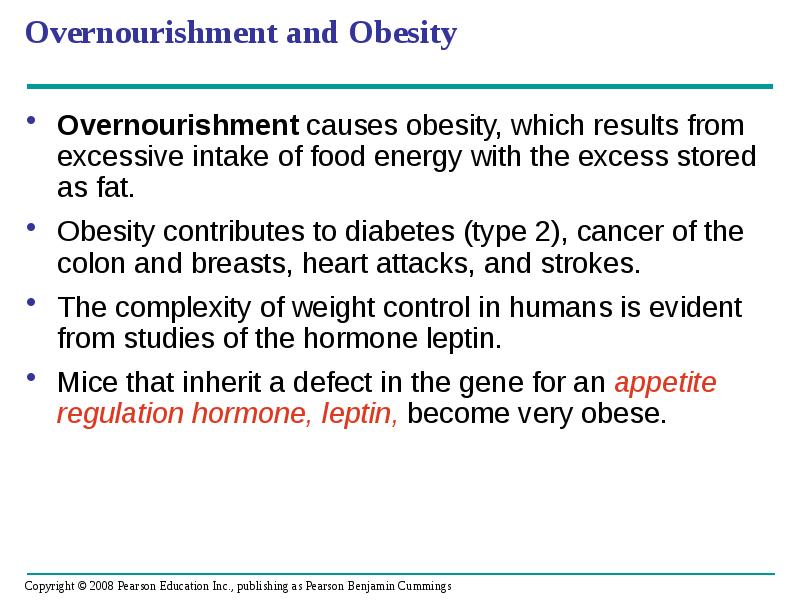
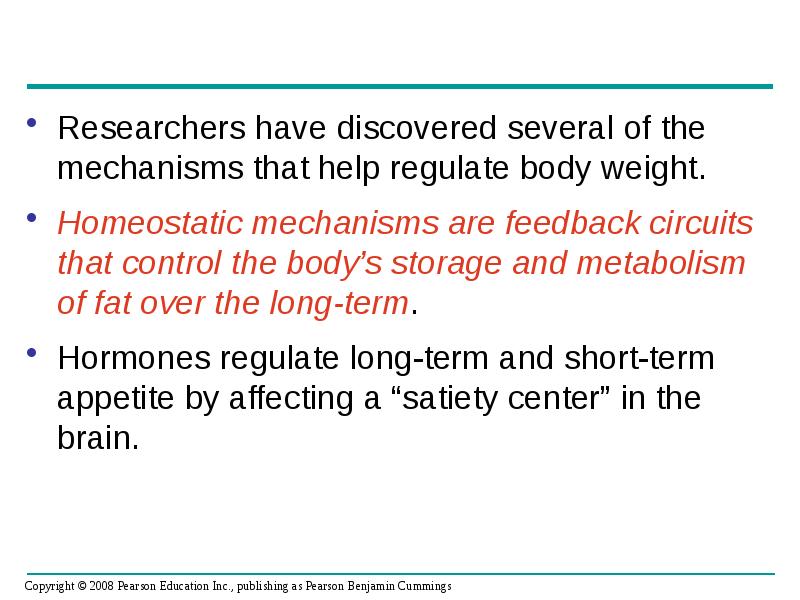
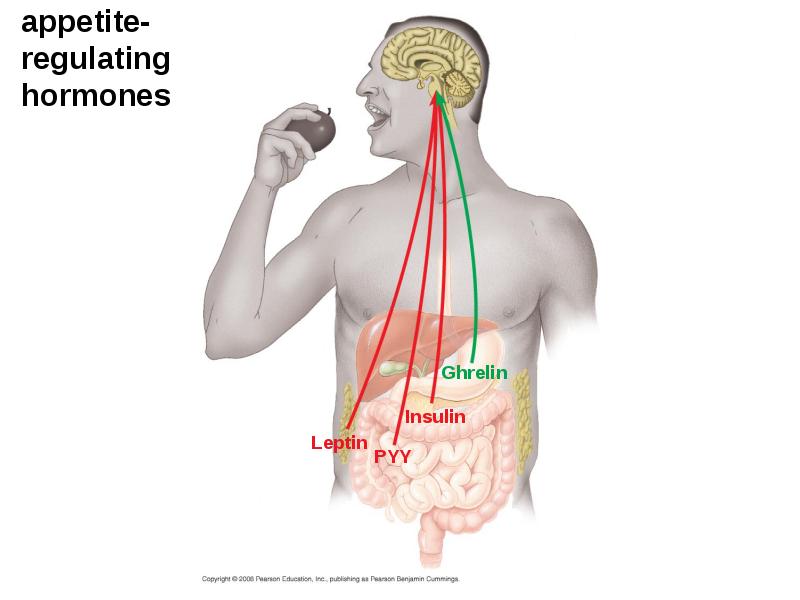
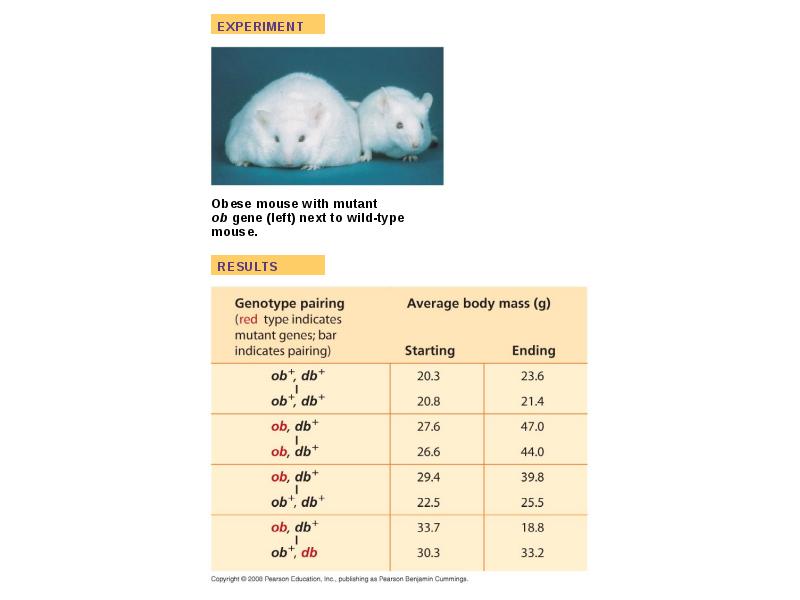
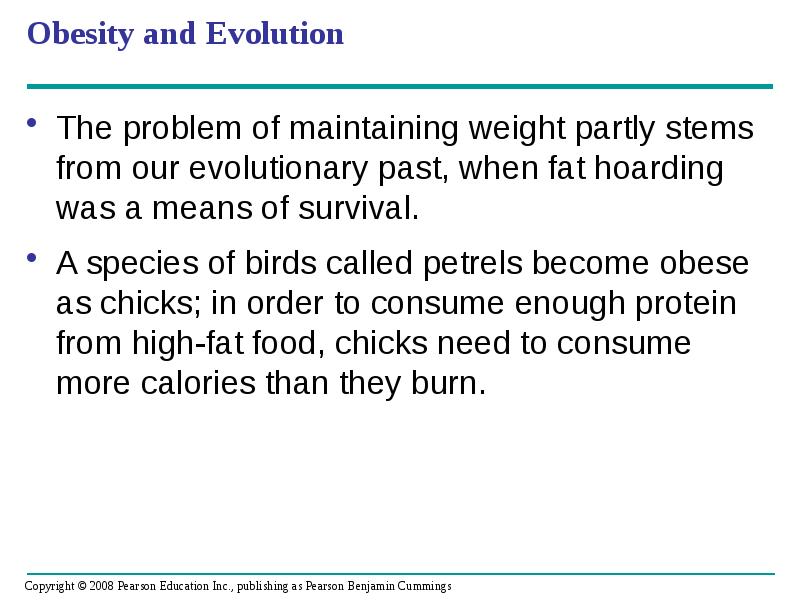
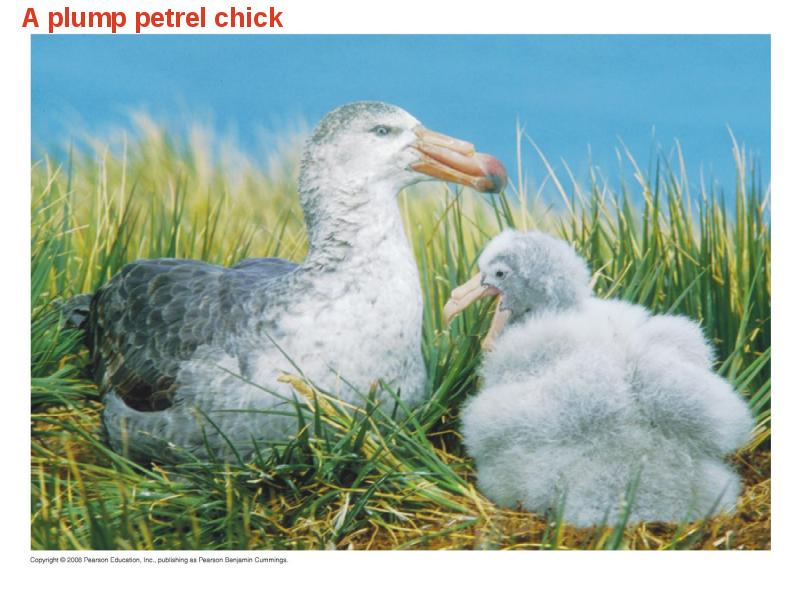


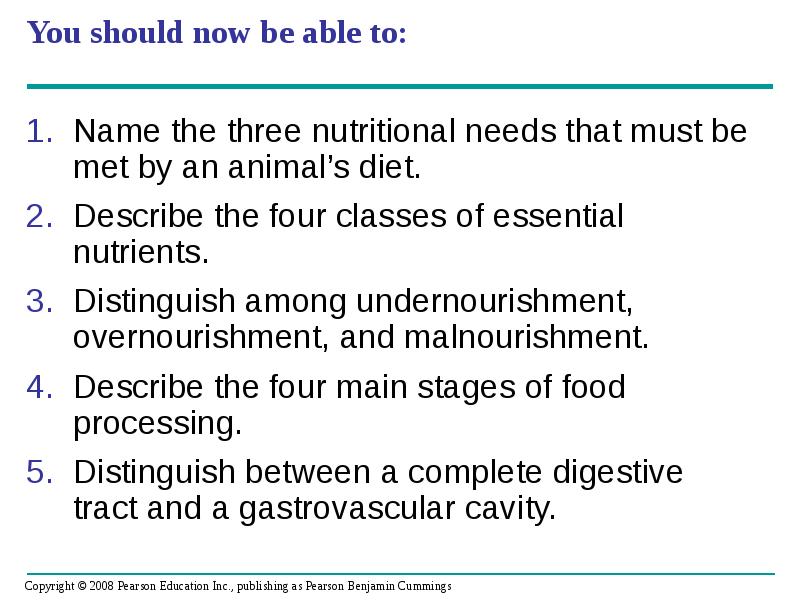
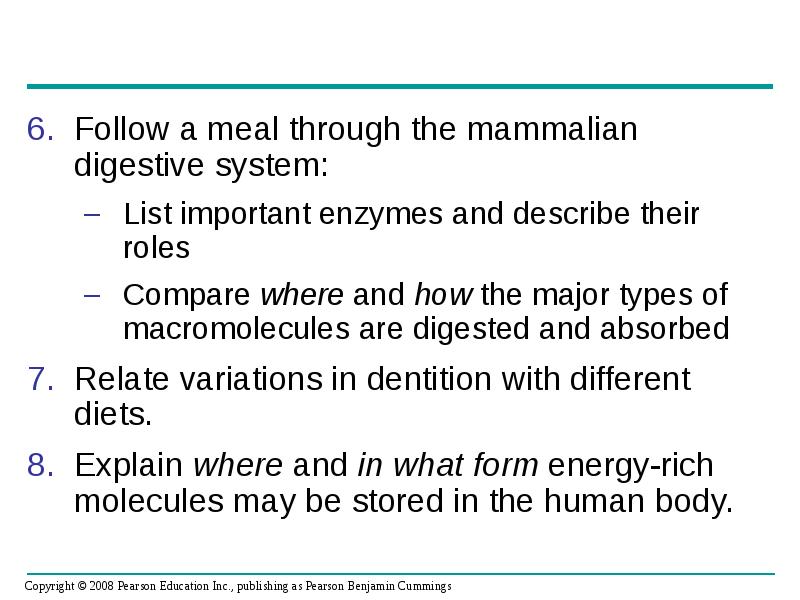
Слайды и текст этой презентации
Похожие презентации





























